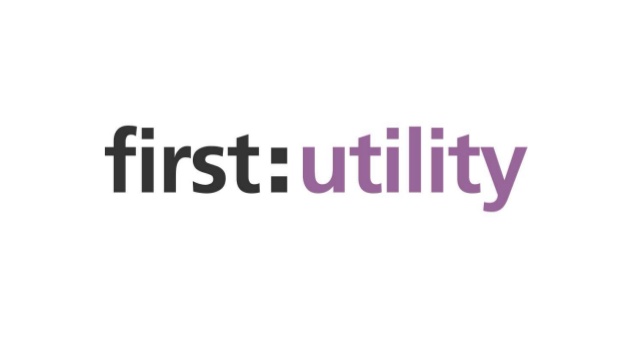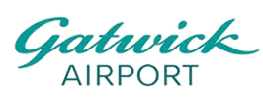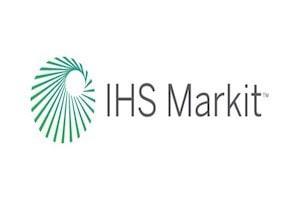Here at Sirius, we often get asked, "What is the general consensus and expert review of the Wazuh platform?" This is a very good question, and one that deserves a clear, honest answer. We understand that most of us love reviews and naturally research multiple options to find the best fit before making a major technology decision.
We want to be upfront: Wazuh is positioned as a free and Open Source platform that provides unified Extended Detection and Response (XDR) and Security Information and Event Management (SIEM) capabilities. Its core functionality is provided at zero licensing cost, offering immense commercial flexibility and unmatched cost efficiency. However, for certain organizational needs—particularly high availability (HA) and guaranteed 24/7 technical support—the core platform requires external commercial services to achieve enterprise operational rigor.
This article will provide a transparent review of Wazuh, explaining its technical strengths and the operational requirements necessary to maximize its value. We aim to be fiercely transparent, acknowledging that achieving guaranteed SLAs often requires engaging the commercial ecosystem, thus allowing you to make the most informed decision possible.
I. Core Product Strengths: Compliance and Endpoint Control
Wazuh’s architecture is rooted in Host-based Intrusion Detection System (HIDS) framework, giving it a strong native focus on endpoint security and compliance. The platform provides comprehensive, cross-platform security controls delivered through a single, lightweight agent.
1. Superior Host Security and System Hardening
Wazuh integrates several crucial security functions natively, often surpassing traditional SIEM solutions that require external add-ons:
Security Configuration Assessment (SCA): The SCA module continuously monitors system and application configuration settings against established security policies, such as CIS benchmarks. This is crucial for maintaining effective IT hygiene and identifying misconfigurations that could be exploited.
File Integrity Monitoring (FIM): This module monitors the file system in real time, detecting changes in content, permissions, and ownership on critical files. Critically, the FIM module natively logs the specific users and applications responsible for creating or modifying files, providing a fundamental layer of defense.
Vulnerability Detection: Agents collect software inventory data and the server correlates this information against continuously updated CVE databases (like NVD, Microsoft, and Canonical), supporting risk prioritization and compliance.
2. Customization and Log Analysis Flexibility
Wazuh's strength as a SIEM solution stems from its flexible log parsing system. It uses a comprehensive set of decoders and rules to normalize raw log data, ensuring compatibility with a broad array of disparate data sources. This high degree of customization for log processing workflows provides a significant advantage over proprietary solutions that rely primarily on fixed, pre-built rules.
This integration of SCA and FIM functions with log analysis strategically shifts the organizational focus toward proactive system hardening and continuous compliance auditing.
3. Compliance Framework Support
Wazuh simplifies regulatory fulfillment by integrating security controls designed to address major industry standards. The ruleset actively supports compliance with standards including PCI DSS, HIPAA, GDPR, and NIST 800-53. This capability transforms compliance from a resource-intensive, manual process into an automated, continuous security control.
II. Architectural Review and Scalability
Wazuh's architecture is composed of the Wazuh Agent, the central Wazuh Manager/Server (Analysis Engine), the Wazuh Indexer (built on OpenSearch), and the Wazuh Dashboard.
1. Performance and Scale
Processing Power: Scalability testing confirms that Wazuh exhibits linear performance up to 500 Events Per Second (EPS) under typical SOC workloads. It maintains exceptionally low processing latencies, with 95% of events being processed within 500 milliseconds.
Deployment Models: To ensure optimal performance, three structured deployment models are offered: All-in-one (small labs), Single-node (medium environments for performance), and Multi-node Cluster (enterprise-level demands for high availability and performance).
2. Key Operational Trade-Offs
While functionally rich, scaling Wazuh requires highly specialized expertise. Achieving enterprise-level scaling, particularly when exceeding the 500 EPS benchmark, necessitates the complex deployment and maintenance of the multi-node Indexer and Server clusters.
Furthermore, review data indicates that while Wazuh has a low barrier to entry and is rated "Easier to integrate and deploy" than proprietary counterparts (like Splunk Enterprise and IBM QRadar SIEM), users widely report a steep and difficult learning curve is required for effective management, especially for custom configurations. This complexity is often cited as the greatest cost multiplier for self-managed Wazuh.
III. The Commercial Ecosystem and Total Cost of Ownership (TCO)
The adoption of Wazuh is fundamentally a choice between variable labor costs (Self-Managed Open Source) and predictable, outsourced service fees (Cloud or Partner-Managed).
1. The Financial Advantage and TCO Fallacy
Wazuh’s primary strategic advantage is the elimination of software licensing costs, offering a fundamental Total Cost of Ownership (TCO) advantage over proprietary SIEMs like Splunk, where costs escalate steeply with data volume.
However, the greatest financial error in evaluating Open Source solutions is equating the zero licensing cost with a zero-cost operation. For a self-managed deployment, the TCO is dominated by the cost of specialized labor and expertise required for framework development, maintenance, and expert training. This operationalization of engineer time is the hidden TCO factor. Organizations engaging in paid commercial services typically exhibit a median annual expenditure of $16,234 for specialized support alone.
2. Commercial Solutions for Mitigating TCO Risk
Wazuh Inc. and its partners offer solutions that convert high, variable labor costs into stable OpEx:
- Wazuh Cloud (Managed SaaS): This service offloads all infrastructure, scaling, and patching burdens to the vendor. It offers immediate time-to-value and is compliant with key regulatory standards, specifically PCI DSS and SOC 2 certified. The pricing is based on agents (e.g., Small Tier: up to 100 agents starting at $571 per month).
- Official Professional Support: Essential for enterprises requiring guaranteed operational assurance during critical incidents.
- The Premium Plan is designed for high-availability environments, providing 24/7 coverage for critical issues and a strict four-hour response SLA.
- The Standard Plan provides 8/5 coverage with an eight-hour response SLA.
- Partner-Managed Services (MSSP/Consultancy): Certified Gold and Platinum partners provide operational outsourcing such as 24x7 SOC monitoring, Managed Detection and Response (MDR), and customized development. This outsourcing model is preferred by a significant segment of the market to bypass the high operational effort component of the TCO.
IV. Strategic Conclusion: When to Choose Wazuh
Wazuh provides a powerful, highly functional, and cost-efficient foundation for a SIEM/XDR security stack. The TCO analysis confirms that the TCO is demonstrably lowest when operational and infrastructural complexity is fully outsourced.
Wazuh is the optimal choice when:
- Compliance is the Core Mandate: The native integration of FIM and SCA makes it ideal for organizations under strict regulatory regimes (PCI-DSS, HIPAA).
- Internal Expertise is High: Organizations with skilled security engineering teams can maximize the $0 licensing cost by managing the platform's architectural complexity internally.
- Cost Predictability is Critical: SMEs prioritizing budget stability can use the agent-based Wazuh Cloud service to eliminate the unpredictability of volume-based proprietary licensing models.
However, organizations requiring ML-driven detection, kernel-level protection, or a low-friction operational experience should strongly consider commercial XDR solutions, as Wazuh often requires acceptance of higher administrative complexity and continuous development effort.
















































